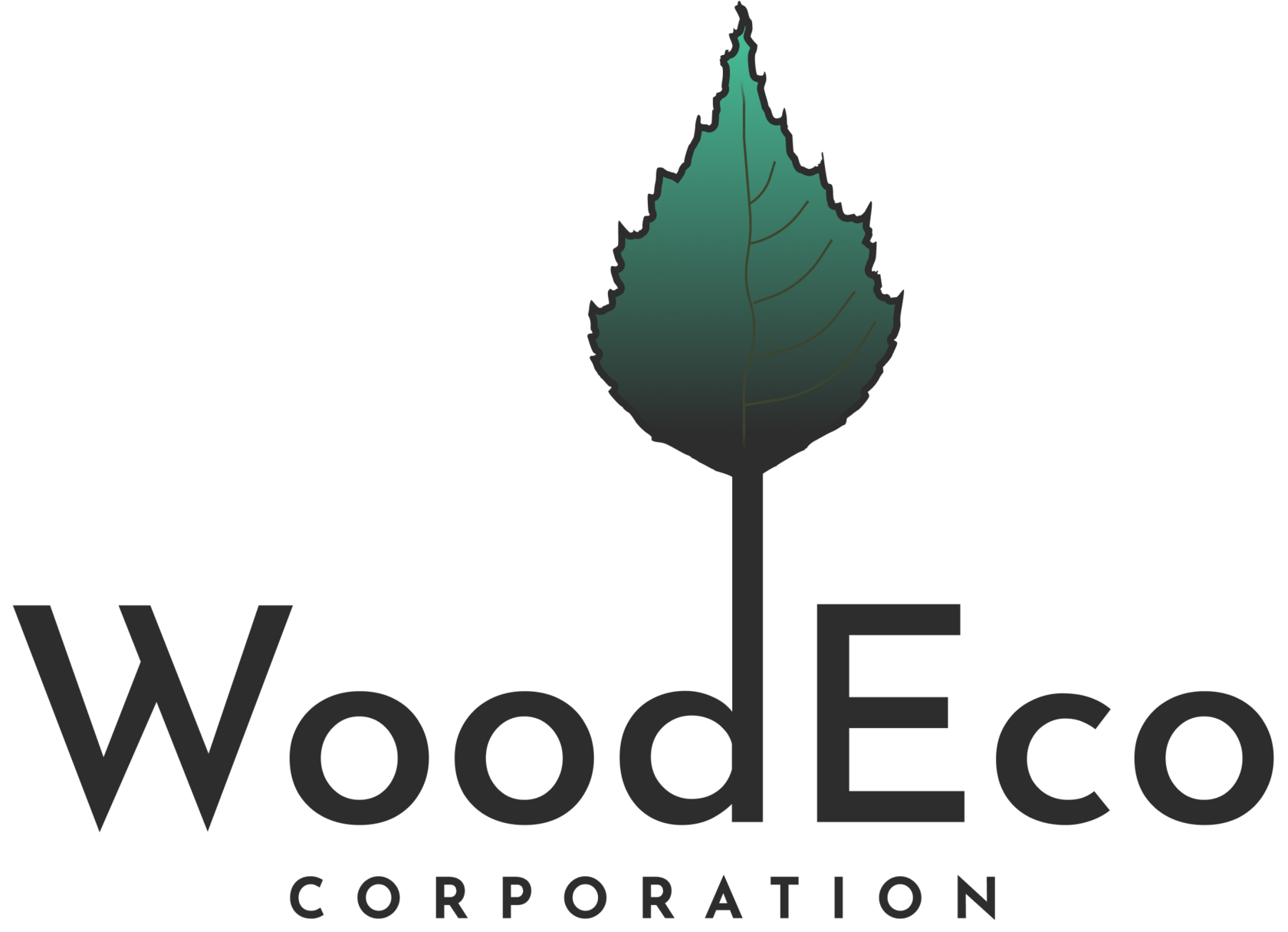Logs, lumber
Logs
We have logs made of birch, spruce, and pine available. These materials are suitable for various construction and finishing works, as well as for creating furniture and other products. Each type of wood has its unique characteristics, allowing you to choose the best option for your project.
MORE PRODUCTS
Lumber
We have lumber available made from birch, spruce, and pine. Each of these types of lumber is suitable for various projects, allowing you to choose the best option based on your needs.
MORE PRODUCTS
Gallery









